Easter
This week, I’ve been reflecting on John Updike’s poem “Seven Stanzas at Easter.” It fits well with my other reading of Pearcey and Schaeffer lately, because it emphasizes the historicity and physicality of Christ’s resurrection.
Christianity is not a set of ideas. It is a view of reality based on a series of historical interactions between the creator God and the human race. Throughout the Old Testament, God reveals himself to those who will listen and believe, and the self-revelation is consistent — even to the point of God submitting himself to the terms of a covenant with his people. Through his prophets and activities in the Old Testament, he points toward a savior yet to come, and in Christ that savior is revealed. He leaves a mark on history; he is crucified in, humanly speaking, a remarkably unjust convergence of political, religious schemes; and in so doing he satisfies the justice of God on behalf of all humanity.
Because of his death and resurrection, we have available to us a restored relationship with our creator. We have access to all the resources of God’s kingdom, even as we live out our earthly days in this fallen world. New possibilities exist because of Jesus’s work on the cross. We have hope.
But the resurrection was no less incredible to earlier ages that it is to us today. It was the greatest surprise in history, and even Jesus’s closest followers did not immediately believe it. But to those who did — and those who do — to us he gives the right to become children of God. As Alistair McGrath writes, “In the aftermath of Gethsemene, we catch the fragrance of Eden.”
Seven Stanzas at Easter (John Updike)
Make no mistake: if He rose at all
it was as His body;
if the cells’ dissolution did not reverse, the molecules
reknit, the amino acids rekindle,
the Church will fall.It was not as the flowers,
each soft Spring recurrent;
it was not in His Spirit in the mouths and fuddled
eyes of the eleven apostles;
it was as His flesh: ours.The same hinged thumbs and toes,
the same valved heart
that — pierced — died, withered, paused, and then
regathered out of enduring Might
new strength to enclose.Let us not mock God with metaphor,
analogy, sidestepping, transcendence;
making of the event a parable, a sign painted in the
faded credulity of earlier ages:
let us walk through the door.The stone is rolled back, not papier-mache,
not a stone in a story,
but the vast rock of materiality that in the slow
grinding of time will eclipse for each of us
the wide light of day.And if we will have an angel at the tomb,
make it a real angel,
weighty with Max Planck’s quanta, vivid with hair,
opaque in the dawn light, robed in real linen
spun on a definite loom.Let us not seek to make it less monstrous,
for our own convenience, our own sense of beauty,
lest, awakened in one unthinkable hour, we are
embarrassed by the miracle,
and crushed by remonstrance.
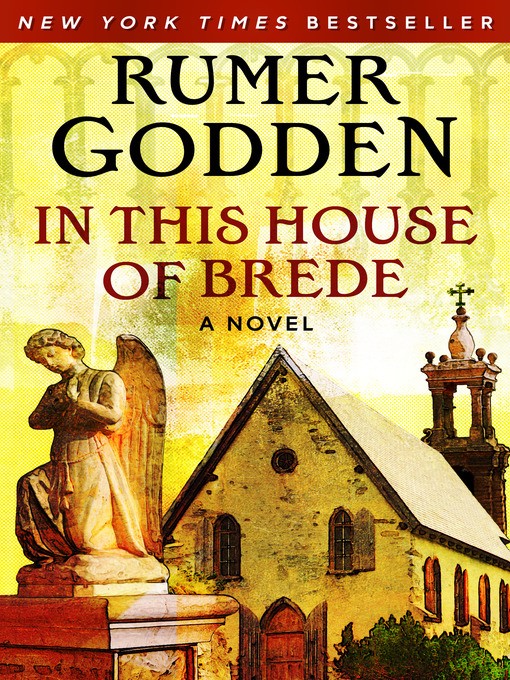
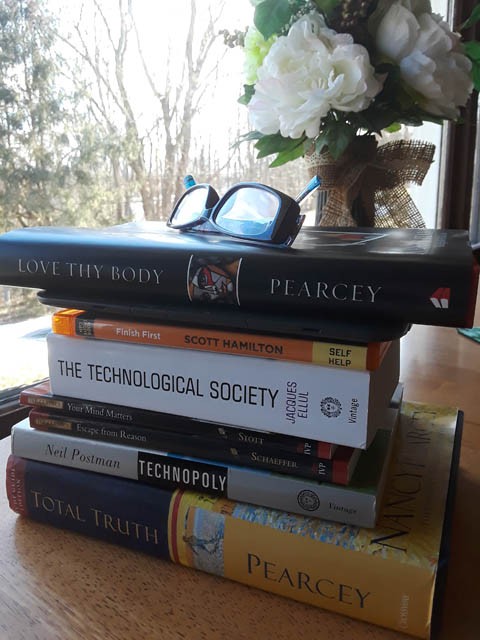
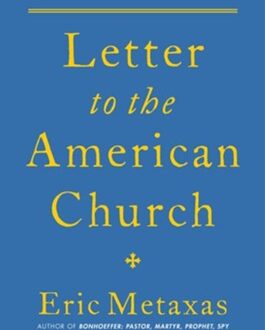
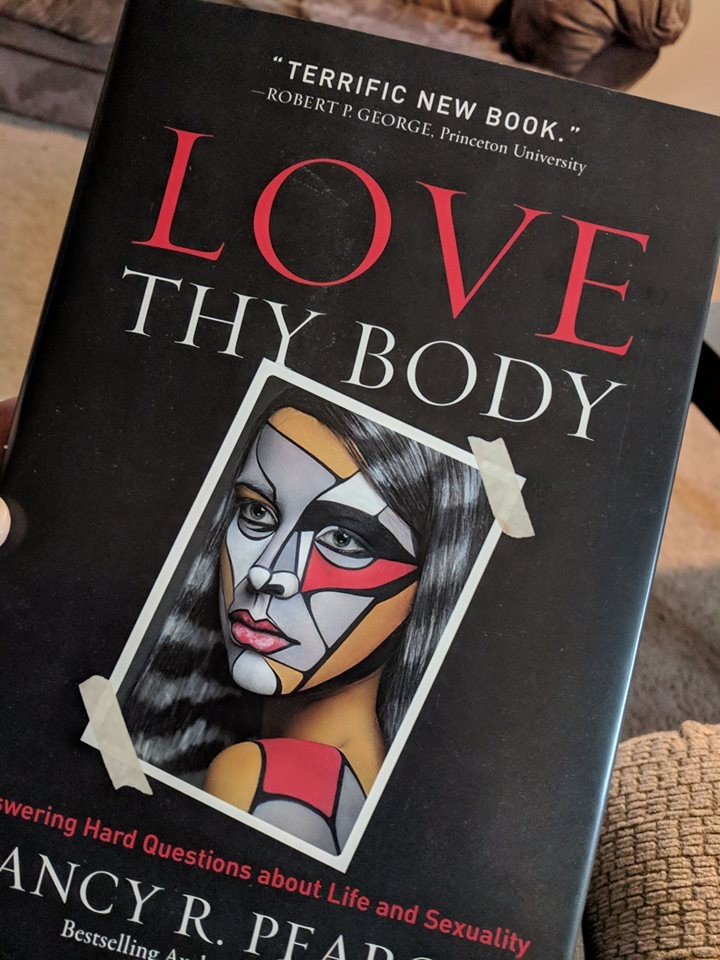
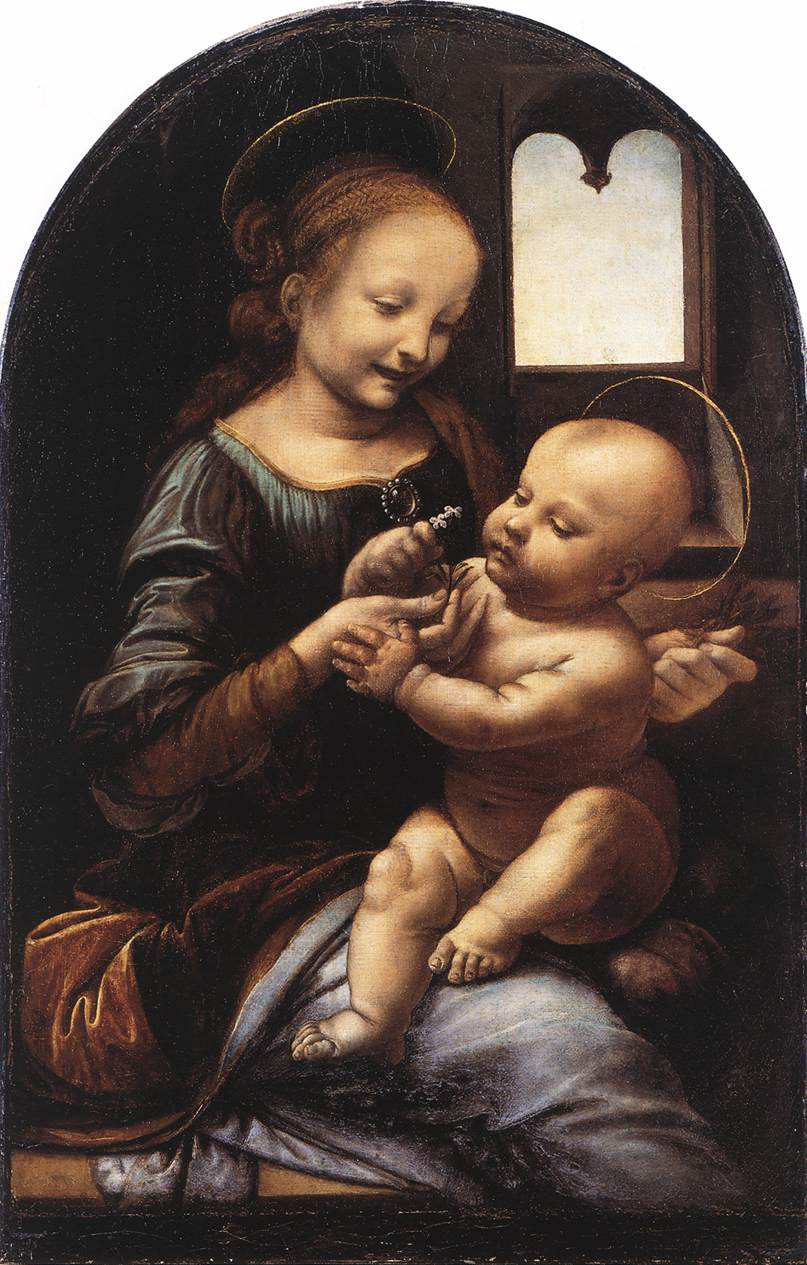
3 Comments
Barbara H.
I had never heard of this poem before – wow! Thank you for sharing it.
Rich Milne
Thanks so much for Updike’s powerful poem. Written in 1960, he seemed somewhat less assured later in life, as the state of the world, the state of his health, and the state of his faith all seem to have endured an existential shaking. On the Easter following his death, PBS published a thoughtful retrospective on Updike and his “religious seriousness” –
http://www.pbs.org/wnet/religionandethics/2009/04/07/april-7-2009-on-easter-and-updike/2618/
The quotation from McGrath is his usual ‘who can say more with this few words?’ Thanks for that as well.
Janet
Updike is the author, but I don’t read this poem as being about him or his faith at all. His concern seems to be facing the bald, shocking claims of the resurrection story. The poem doesn’t make any statements of faith, but is qualified by “ifs”: “If we’re going to talk about this story, let’s acknowledge what it actually claims.” It lays out the proposition that Christianity depends on the resurrection; without it, “the Church will fall.” Whatever conclusions Updike came to personally, he was right about that.